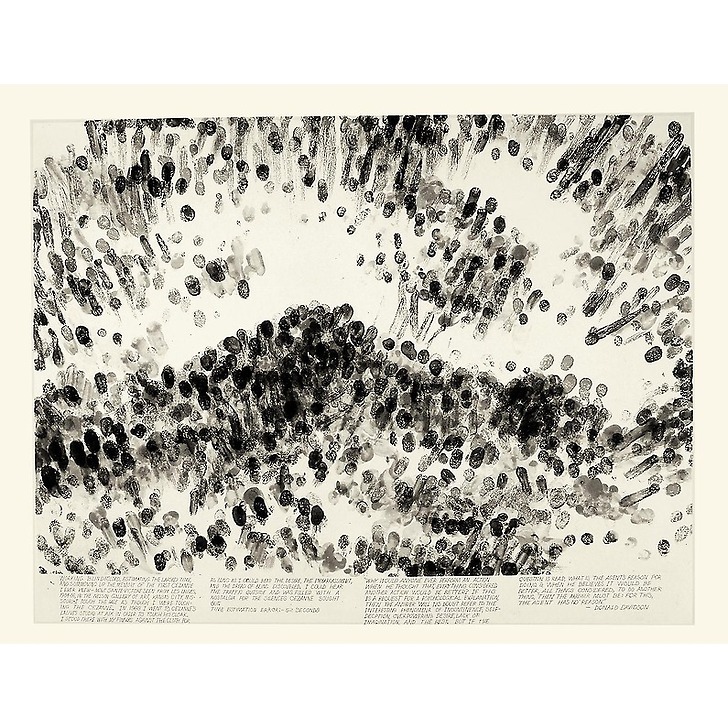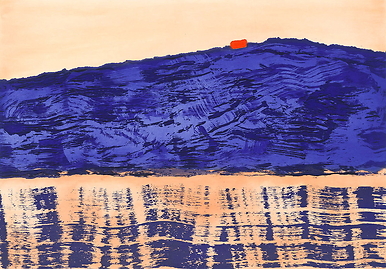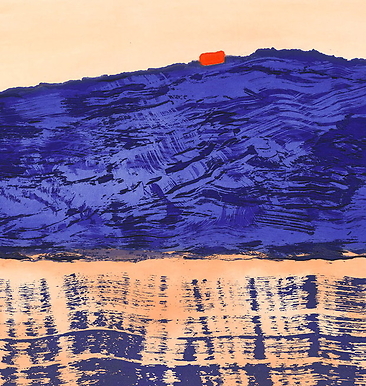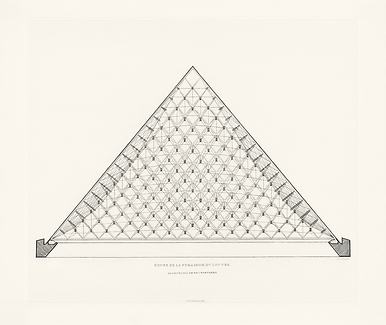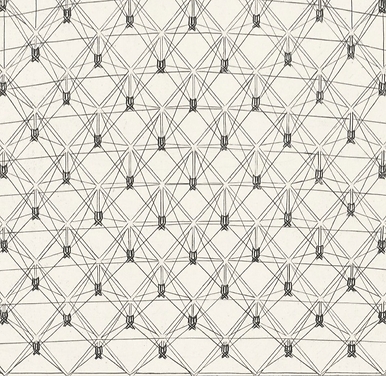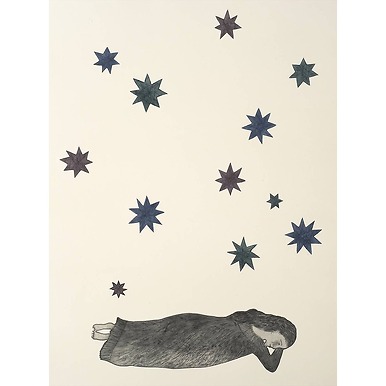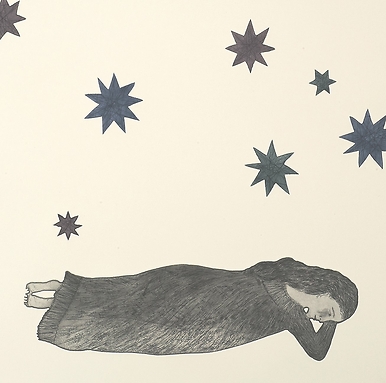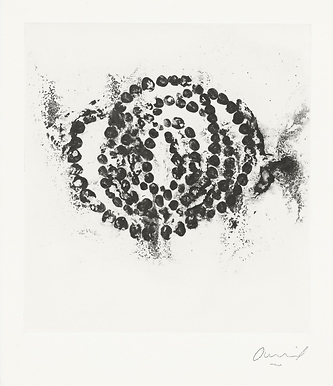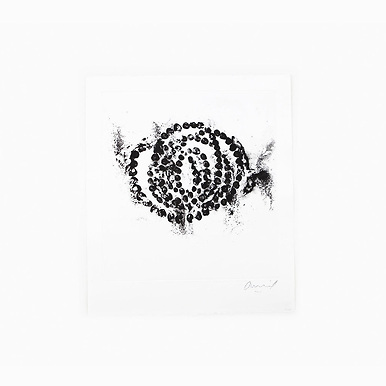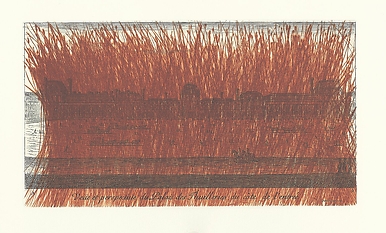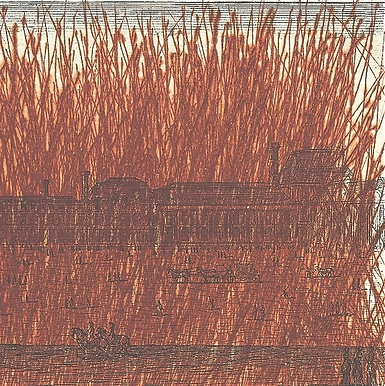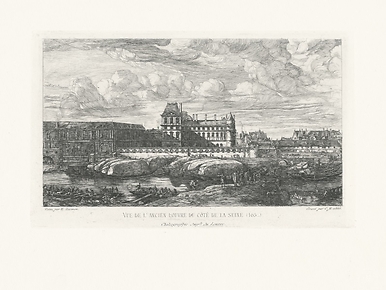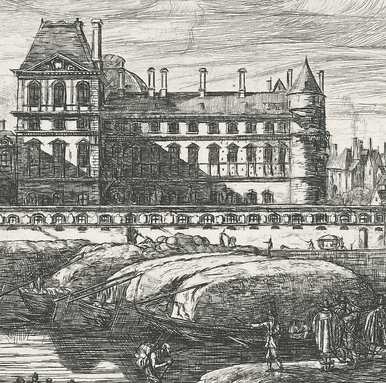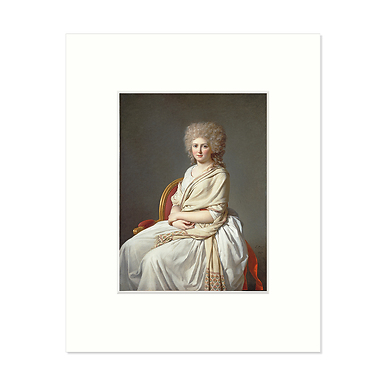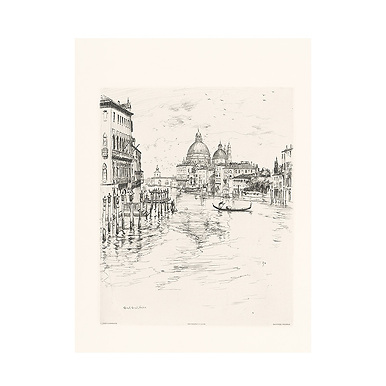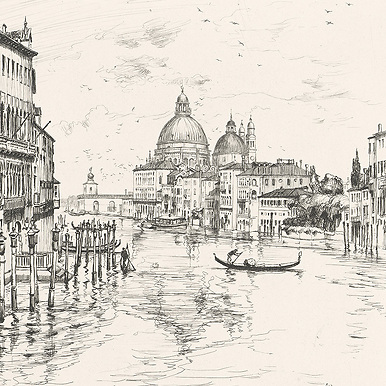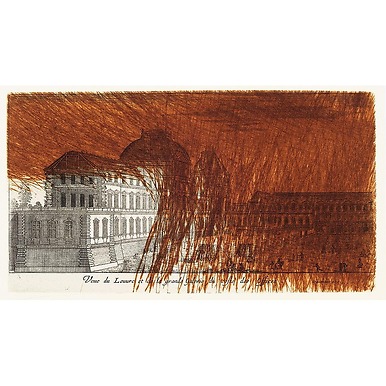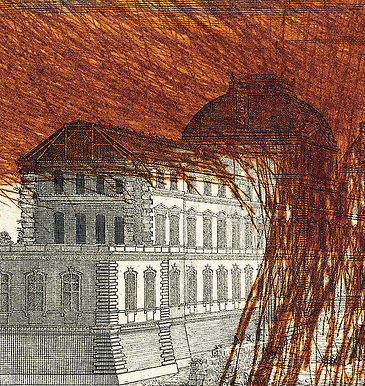Engraving Blind Time VI - Robert Morris
KM011082
Since 1989, the Musée du Louvre and the Réunion des Musées Nationaux have entrusted contemporary artists with the task of producing engraved plates for the Chalcographie, which is responsible for the exclusive printing of the plates, with no limit on the number of prints.
Very different trends in contemporary...
Read more
Since 1989, the Musée du Louvre and the Réunion des Musées Nationaux have entrusted contemporary artists with the task of producing engraved plates for the Chalcographie, which is responsible for the exclusive printing of the plates, with no limit on the number of prints.
Very different trends in contemporary art are represented. Geneviève Asse rubs shoulders with Georg Baselitz, Pierre Courtin, Jean-Pierre Pincemin, Pat Steir, Jean-Michel Alberola, Robert Morris, Louise Bourgeois, Markus Raetz, Pierre Alechinsky and Agathe May.
Considered one of the leading artists and theorists of Minimal art, Robert Morris's works have contributed to the development of the notions of performance and installation art. Begun in 1973 and subsequently revived on an ad hoc basis, the Blind Time series to which these two prints belong follows a precise creative protocol in which the artist or a blind person would apply their graphite-covered fingers to a sheet of paper. The idea was to underline the extent to which, alongside the visual primacy of Western tradition, artistic creation also included an experimental, sensory and tactile component. In 1997, the artist took up this protocol, creating a superimposition and entanglement of his fingerprints on the copper plate, superimposed on two events in the artist's life: the first time Morris saw one of Cézanne's paintings of Mount Sainte Victoire in Kansas City; and his emotion at having touched the painter's coat during a visit to his studio in Aix. A quotation from the philosopher Donald Davidson gives these contemplative visual experiences a spiritual extension.
Close
Sold by GrandPalaisRmn

